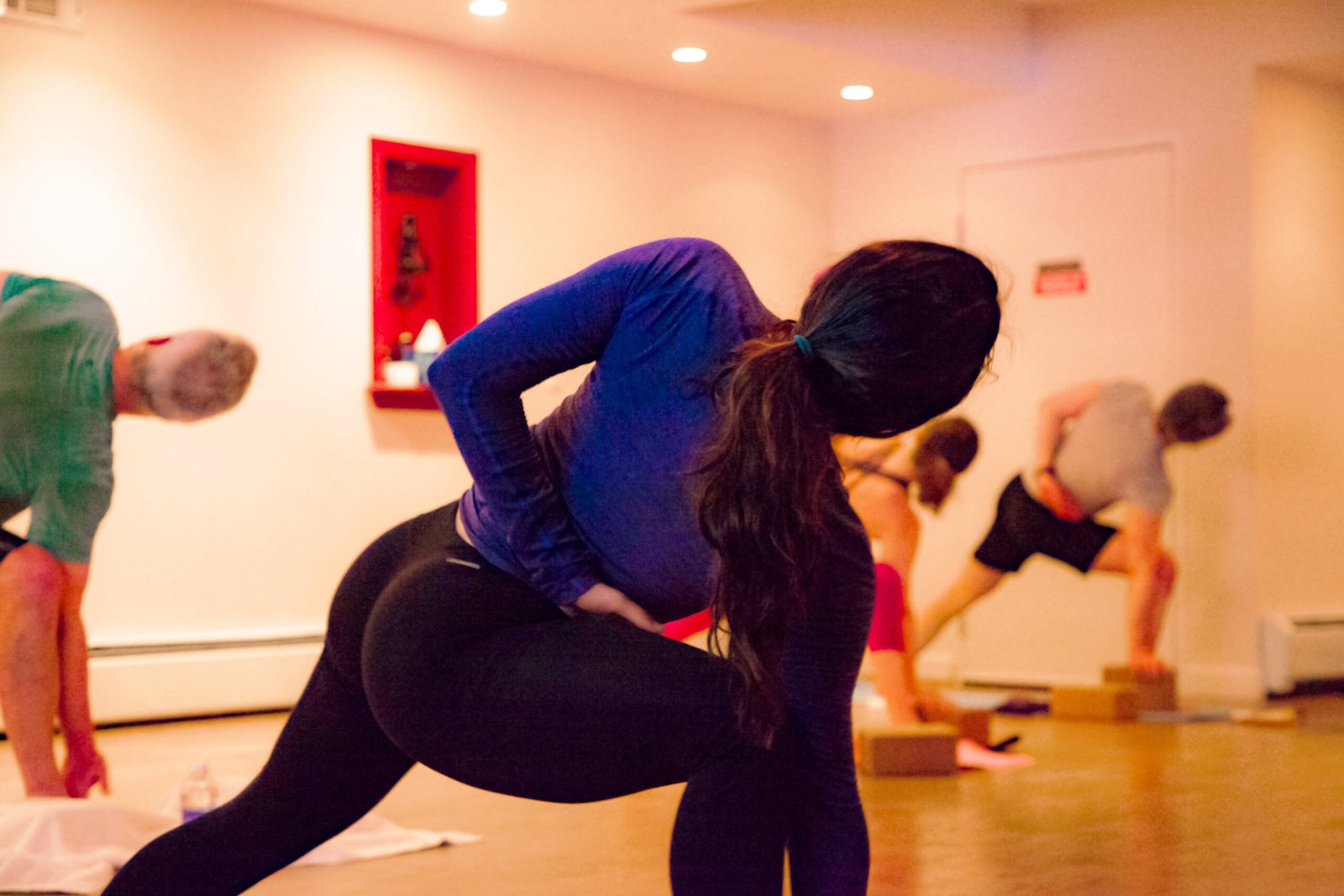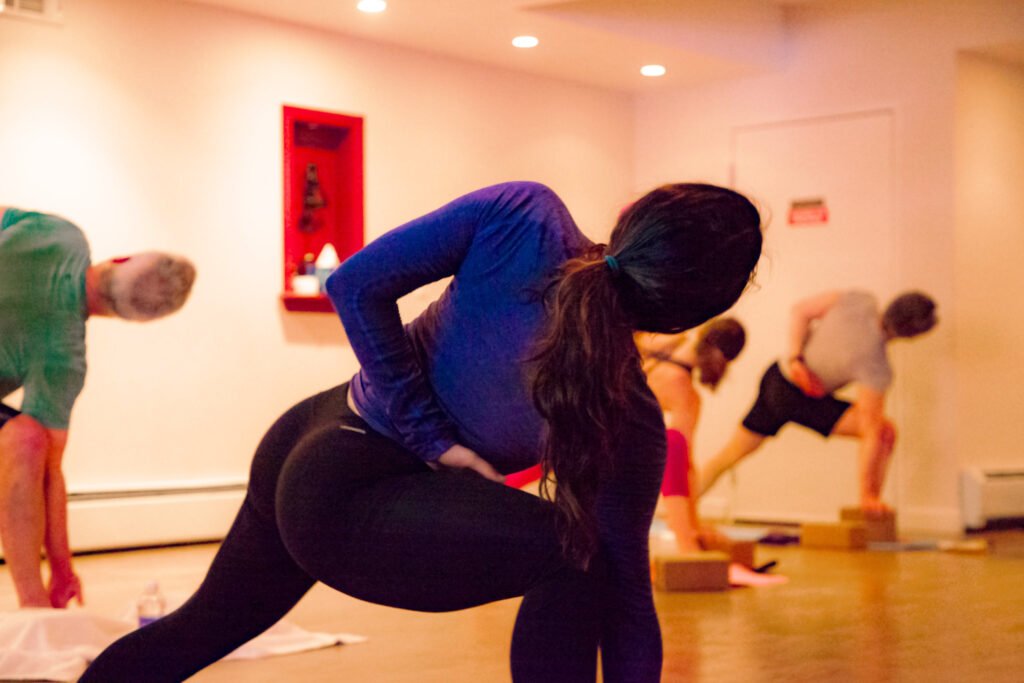
10 Essential Yoga Etiquette Tips Every Practitioner Should Know
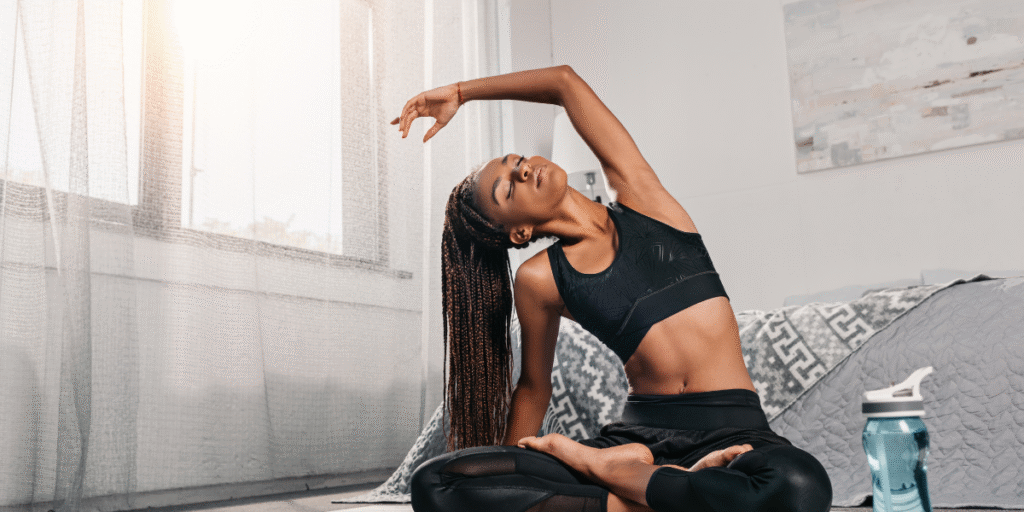
In recent years, many yoga teachers have noticed a rise in certain behaviors that disrupt the flow of class and distract other students. Actions like arriving late, using devices during class, ignoring the instructor, or attempting challenging poses that can compromise the practice for others have all been observed. While some students may not realize these actions are problematic, they often impact the entire class, creating an environment that’s less conducive to the peaceful experience yoga aims to foster.
As a way to encourage mindfulness and respect in the studio, here’s a simple guide to help practitioners maintain proper etiquette. These tips will allow everyone to enjoy the benefits of yoga, creating a space where both you and your fellow practitioners can thrive.
1. Be On Time
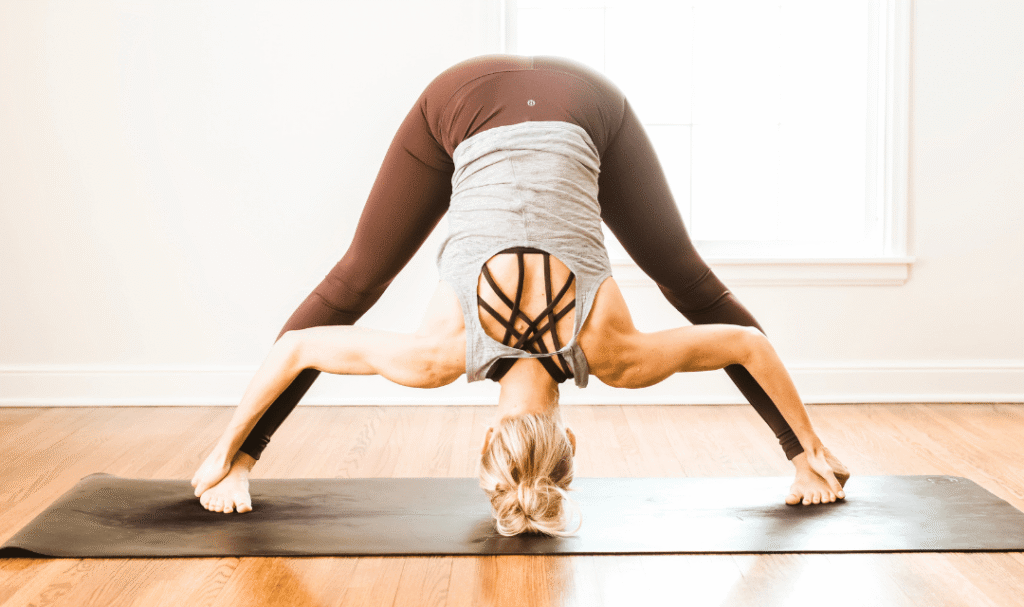
Arriving on time is an important aspect of respecting both the teacher and fellow students. When you show up late, you miss the warm-up and disrupt the flow of the class. Ideally, try to arrive a few minutes early to settle in and get ready. If you’re more than five minutes late, it’s best to sit out and wait for the next class, as coming in too late can disturb everyone’s experience.
2. Move Mindfully Before and After Class
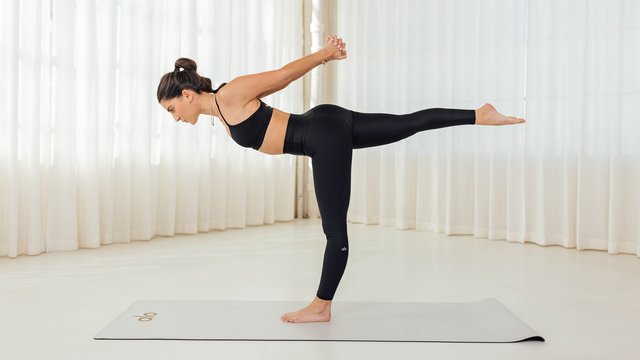
Yoga class begins with a sense of calm, and making a loud entrance by rushing or setting up your mat quickly can disturb the atmosphere. Take your time, move slowly, and be mindful of how you place your mat, props, and belongings. This extends to your movements throughout class—avoid rushing through transitions or knocking over props. Practicing awareness in all aspects of your yoga practice, including how you set up and tidy your space, reflects the core principles of yoga.
3. Keep the Noise Down (Including Talking)
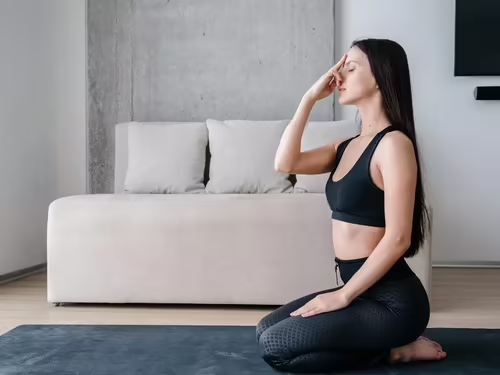
One of the key aspects of yoga is creating an atmosphere of quiet and stillness. While it’s natural to want to connect with friends before or after class, it’s essential to keep conversations outside of the studio space. Talking during class is disruptive and distracts both the teacher and your fellow practitioners. If you need to ask questions or chat with others, save it for after class or outside the studio.
4. Turn Off Your Devices
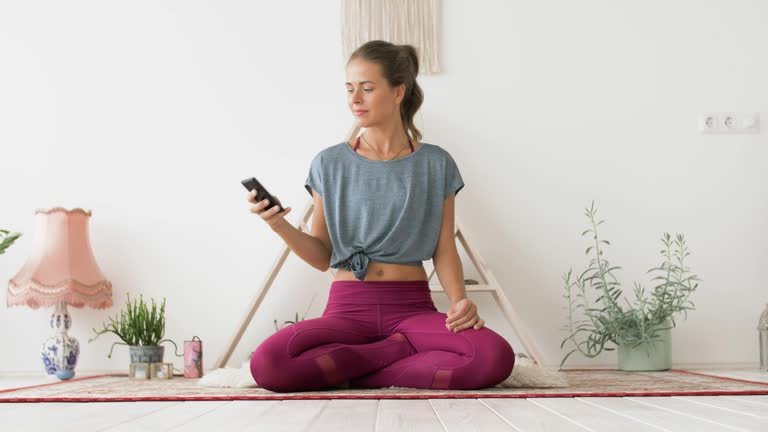
Yoga is a time to unplug and reconnect with yourself. Phones, notifications, and other distractions have no place in your practice. Turn off your device or set it to “Do Not Disturb” before class begins. This time is for you to be present and focus on your breath and body, free from external interruptions. If you absolutely must keep your phone on for emergencies, let the teacher know before the class starts.
5. Honor the Space Around You
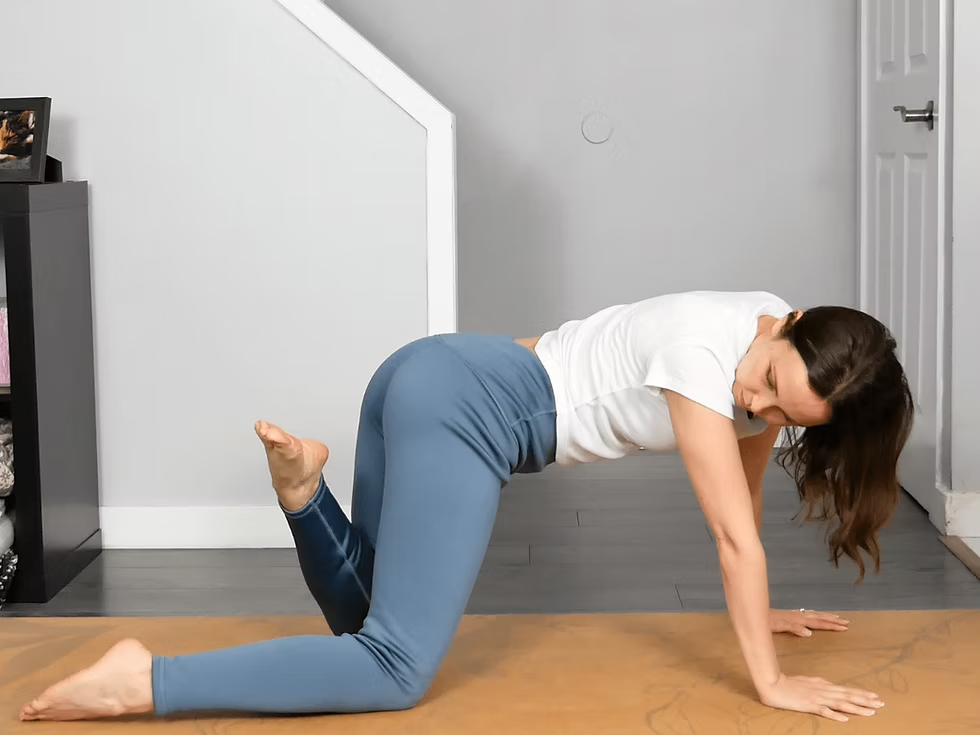
Whether in a large gym or a small yoga studio, always be considerate of the shared space. This means being mindful of your mat placement and moving your mat to accommodate other practitioners when necessary. If there is extra space in the studio, keep your belongings neatly organized and avoid cluttering the area around your mat. This ensures that everyone has the space they need to practice without distractions.
6. Follow Along with the Teacher
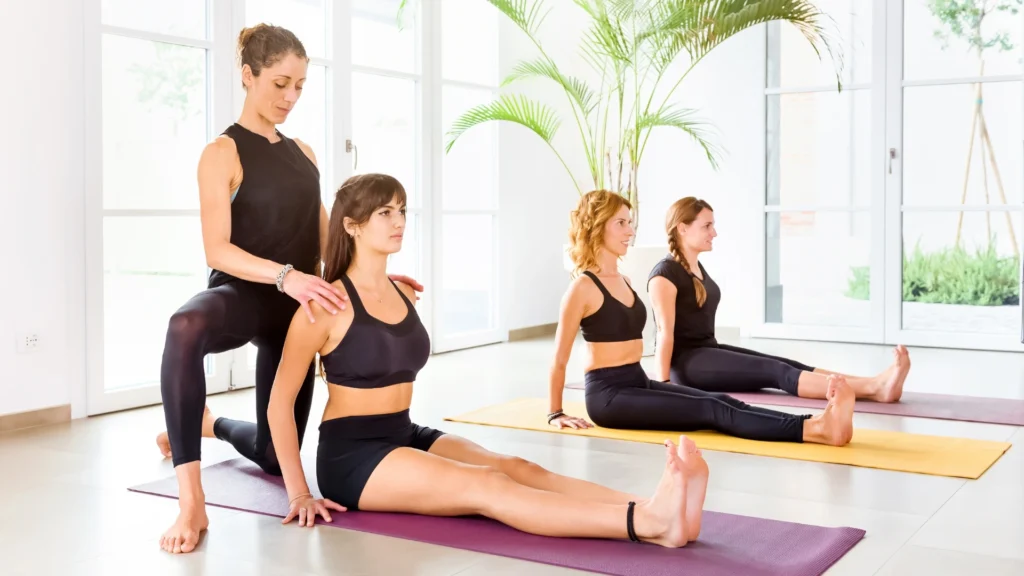
While yoga classes are often labeled as “all levels,” they are typically structured to accommodate a wide range of skill sets. To help maintain a smooth flow, it’s important to follow the instructor’s cues and stick with the class sequence. Going off on your own or trying advanced poses on your own may distract the teacher and fellow students. Trust the teacher’s guidance, and feel free to modify poses as needed to suit your body’s needs.
7. Be Kind to Yourself
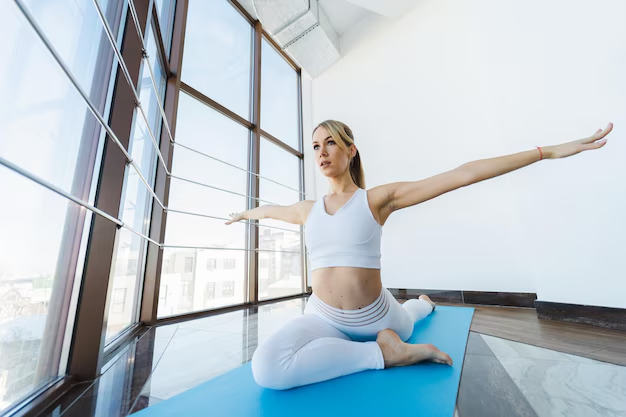
Yoga is about self-compassion, not perfection. It’s natural to feel frustrated or have negative thoughts when trying new things or when your body doesn’t feel as flexible as you’d like. Be gentle with yourself, take breaks if needed, and remember that your practice is about progress, not perfection. Celebrate the effort you’re making and approach each session with kindness toward yourself.
8. Practice Stillness During Savasana
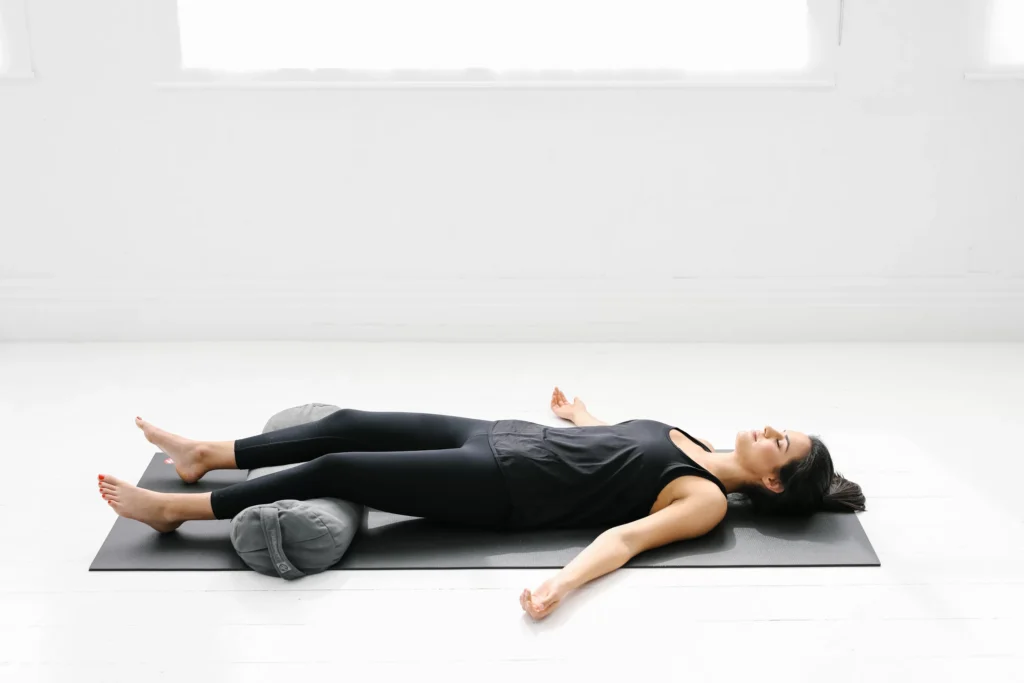
Savasana is a critical part of your practice where your body integrates the benefits of your yoga session. It’s often considered the most challenging pose because it requires stillness and surrender. Resist the urge to leave early and take full advantage of this restorative period. If you must leave early, let the teacher know beforehand, and try to slip out quietly so you don’t disrupt the rest of the class.
9. Stay Until the End
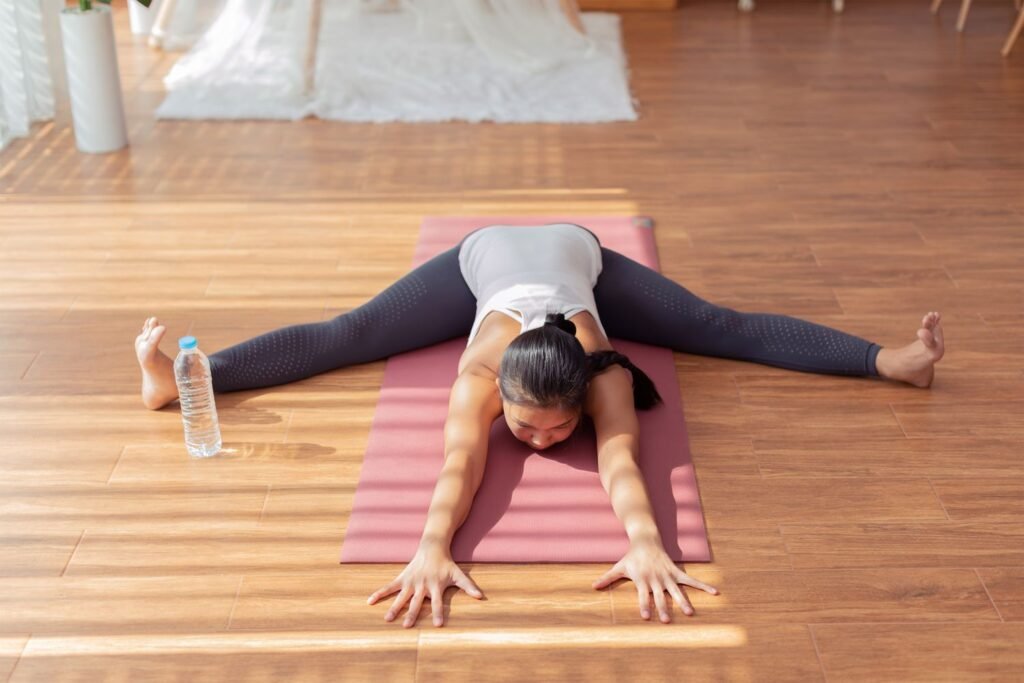
Leaving early can be disruptive, not only to your practice but also to the class as a whole. If you need to leave before the session ends, inform the teacher at the start of class and set up your mat near the door. If possible, take an early Savasana and leave quietly before everyone settles into their final resting pose.
10. Put Your Props Away Neatly
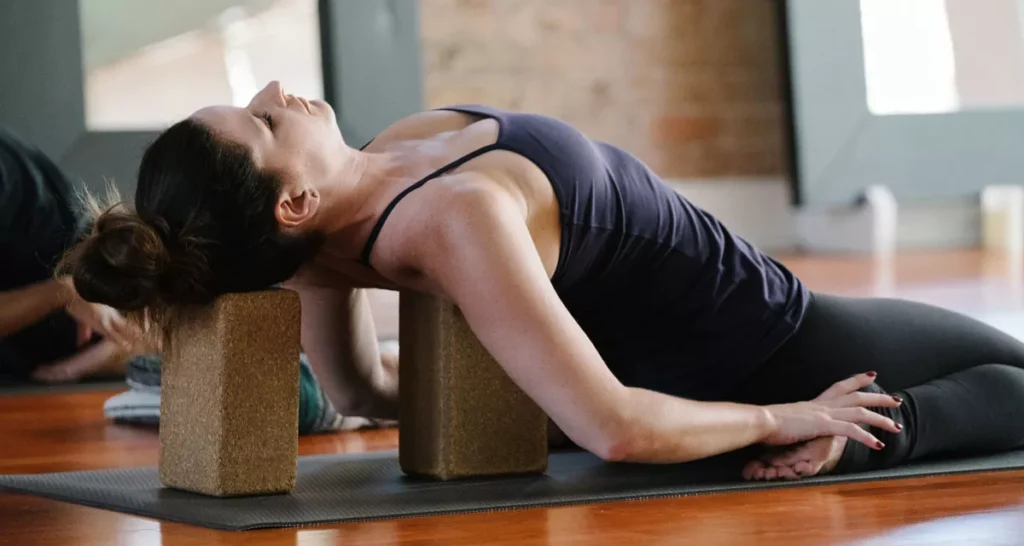
Yoga studios often rely on students to help keep the space organized, especially when it comes to props. After class, take a few extra moments to neatly return blocks, straps, blankets, and mats to their proper places. This reflects the first niyama (yogic principle) of Saucha, which is cleanliness and purity, and it ensures the next class has a clean, organized space to practice in.
FAQs About Yoga Etiquette
1. Can I practice yoga if I’m running late?
While it’s best to arrive on time, if you’re only a few minutes late, quietly settle into class. However, if you arrive more than five minutes late, it’s better to skip the class to avoid disrupting the flow for others.
2. Is it okay to use my phone during class?
No. Yoga is about disconnecting from external distractions. Make sure your phone is turned off or set to “Do Not Disturb” during class. If you absolutely must keep your phone on for emergencies, notify the teacher beforehand.
3. What should I do if I don’t understand the instructor’s cue?
If you’re unsure of a cue or need clarification, wait until after class to ask the teacher. During class, it’s important to stay focused and not disrupt others’ practice by talking.
4. Can I bring food or drinks into the studio?
Most studios allow water but discourage food in the practice space to keep the environment clean and distraction-free.
5. How can I avoid disturbing others in class?
Be mindful of how you move and set up your mat. Avoid making loud noises, talking, or distracting your neighbors during class. Also, keep your belongings neatly organized so you don’t take up more space than necessary.
Conclusion: A Simple Guide to Mindful Yoga Etiquette
Yoga is about more than just physical postures—it’s about cultivating mindfulness, respect, and presence. By adhering to these simple yoga etiquette rules, you contribute to a peaceful and respectful environment, allowing everyone to enjoy their practice to the fullest. Whether you’re new to yoga or a seasoned practitioner, these guidelines ensure that you can get the most out of your class while respecting those around you. By honoring your practice and the space you’re in, you help create an environment where everyone can thrive.
